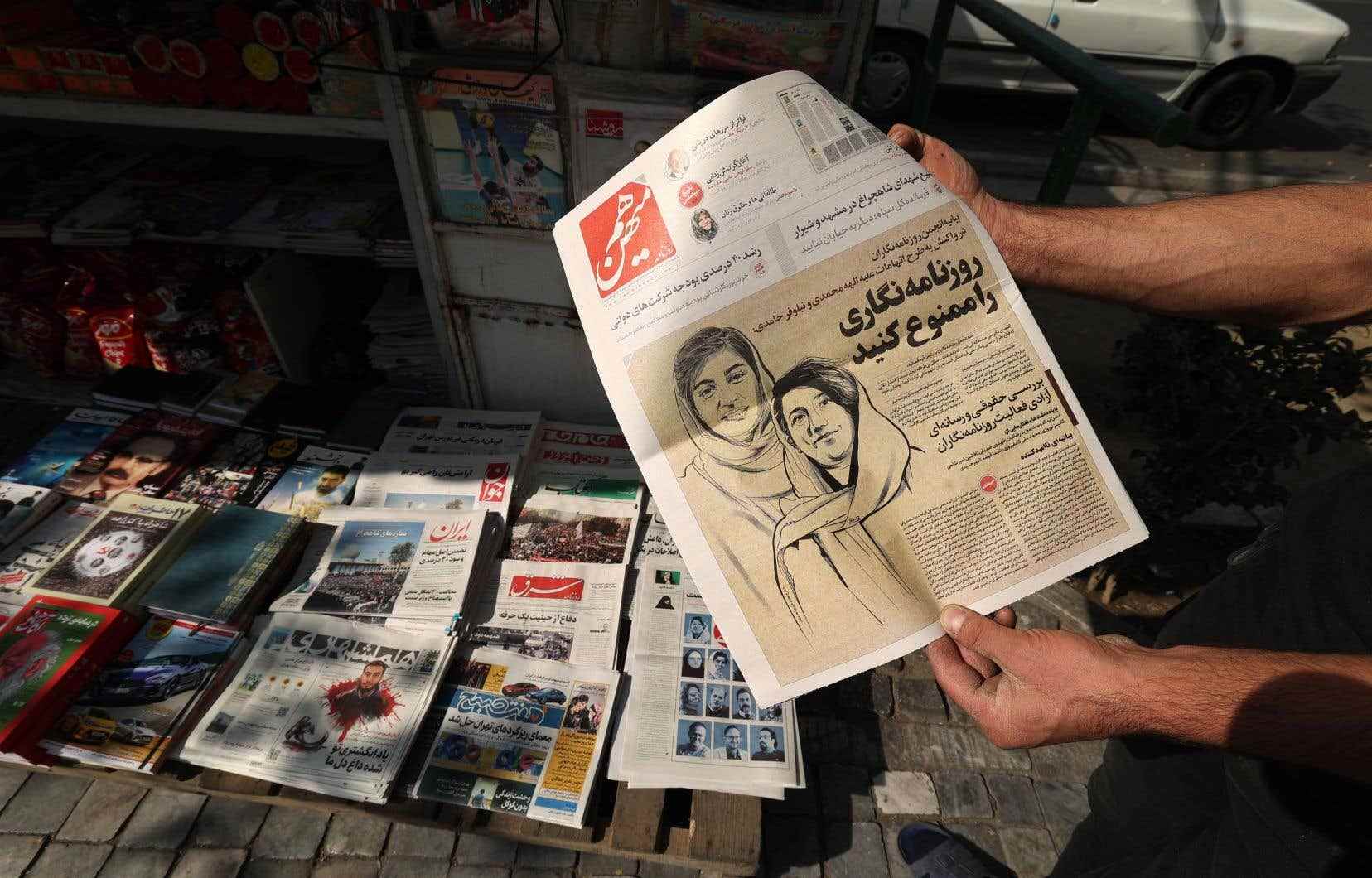New demonstrations took place in Iran on Sunday, despite a warning from the Revolutionary Guards, the ideological army of the Islamic Republic, as the protest movement sparked by the death of Mahsa Amini entered its seventh week.
Students gathered Saturday evening and Sunday in several Iranian cities, challenging the head of the Revolutionary Guards, General Hossein Salami, who on Saturday issued a warning to demonstrators: “Do not take to the streets again”.
Iran has been rocked by a wave of protest since the September 16 death of Mahsa Amini, a 22-year-old Iranian Kurd, who died three days after she was arrested in Tehran by vice police who accused her of breaking the dress code. of the Islamic Republic, imposing in particular the wearing of the veil for women.
To the initial slogan of “woman, life, freedom” were added, over the course of demonstrations, however harshly repressed, slogans openly directed against the Islamic Republic founded in 1979.
On Sunday, security forces fired tear gas and fire at students in Sanandaj, the capital of Kurdistan province where Mahsa Amini was from.
“A Thousand People”
Video posted online by human rights group Hengaw shows thick white smoke billowing from a technical school, with students shouting “Freedom, freedom”.
Another video posted on Twitter by the Norway-based group shows a girl injured in the arm by lead pellets. Gunshots were heard during a protest at Kurdistan University, according to Hengaw. AFP could not immediately authenticate these images.
Demonstrations also took place this weekend on the campuses of Tehran, Kerman (southeast) and Kermanshah (northwest), Mazandaran (north) and Mashhad, the second city of Iran, according to videos. shared on social networks.
“Each death is followed by a thousand people! chanted protesters at the funeral of a protester on Saturday in Arak, southwest of the capital, according to images released by online media 1500tasvir, which claims the rally was dispersed with tear gas.
The repression left at least 160 dead, including around 20 children, according to a report established Friday by the NGO Iran Human Rights (IHR), based in Oslo.
In addition, 93 people were killed in demonstrations in Zahedan, in the province of Sistan-Baluchistan (southeast), triggered on September 30 after the rape of a young girl attributed to a policeman, according to the IHR .
In Saghez, Mahsa Amini’s hometown in Kurdistan, plainclothes police “attacked a college and kidnapped students” who were protesting, Hengaw reported.
Journalist reviews
According to the IHR, thousands of people have been arrested in Iran since the crackdown began, including journalists, students, lawyers and more than 500 civil society activists.
On Sunday, more than 300 Iranian journalists and photojournalists signed a statement criticizing the arrest of their colleagues, local media reported.
The reformist daily Sazandegi announced that “more than 20 journalists are still in detention”, especially in the capital, while the Association of Journalists of Tehran dismissed as “illegal” and “in conflict with the freedom” of the press ” the security approach” of the authorities.
Iranian leaders continue to point fingers at Iran’s “enemies”, including the United States and Israel, and accuse journalists of being “trained” with the aim of overthrowing the regime.
According to local media, the security services released a report on Friday referring to journalist Elaheh Mohammadi of the Sazandegi daily and photographer Niloufar Hamedi of the Shargh newspaper, who had helped publicize the Mahsa Amini case and have since been detained. weeks.
Demonstrations of solidarity with the protest movement in Iran are regularly organized in several countries. On Saturday, Canadian Prime Minister Justin Trudeau marched in Ottawa to support “the women in Iran who have suffered.”
